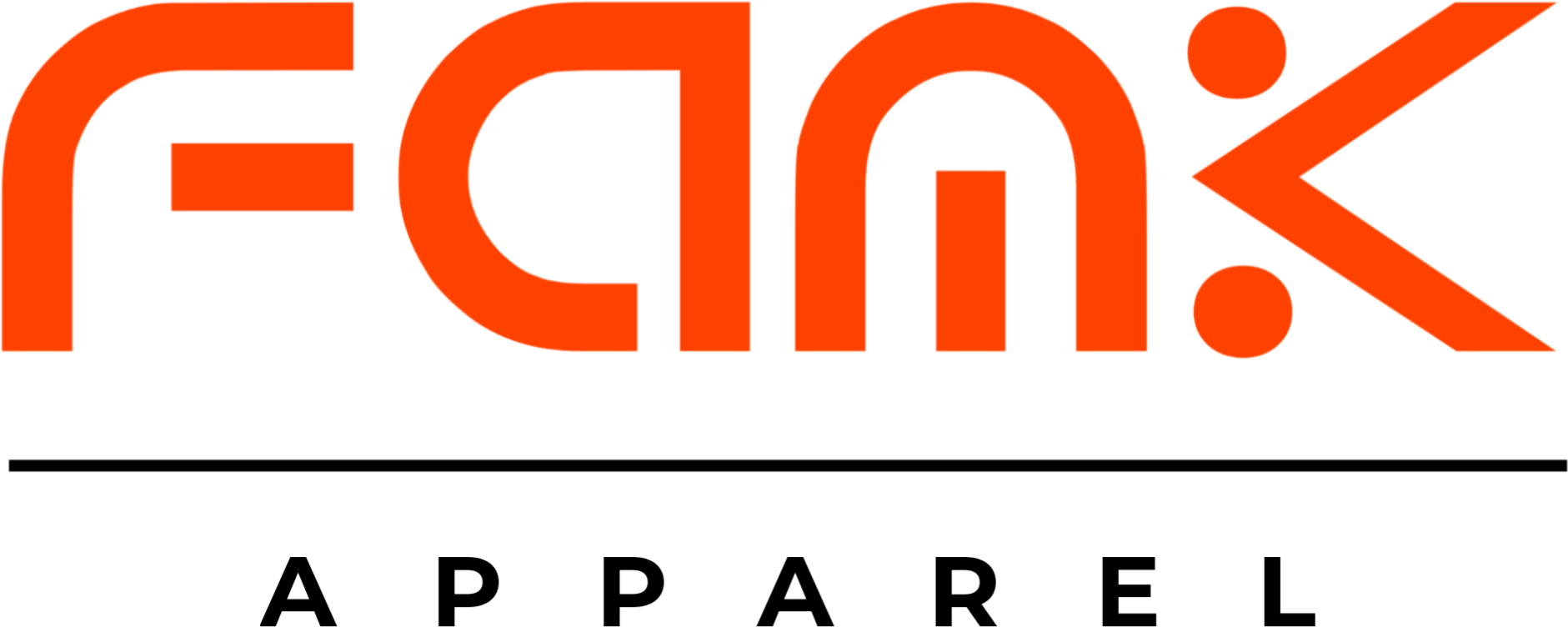Blog
Steal These Cost Breakdowns Before Clients Call You “Too Expensive”

We’ve all been there: You quote a price for a custom Agbada, which includes hours of stitching, premium threads, and pouring your heart into every seam. The client’s response? “Haba, that’s too expensive nau!” It stings, especially when you know the value you’re delivering. In Nigeria’s vibrant fashion scene, sometimes clients expect runway quality on a budget. If you’re not already a big brand, you could find yourself engaging in pricing disputes all the time. But what if you could turn those objections into trust and loyalty?
Transparent cost breakdowns for Nigerian tailors are your secret weapon. They show clients exactly what they’re paying for, building confidence in your craft. With Nigeria’s 20.12% inflation driving up fabric costs in 2025, clear pricing has become more critical than ever. A simple cost sheet can reduce these pricing disputes significantly. These seven strategies will help you create cost breakdowns for Nigerian tailors that silence doubters and secure orders.
Why Transparent Cost Breakdowns Are a Game-Changer for Tailors
Clients don’t necessarily hate high prices; they hate unclear ones. When they see “N100,000” without context, they automatically assume you’re overcharging. Transparent cost breakdowns for Nigerian tailors bridge that gap, showing the work behind the price. Businesses that explain pricing retain more clients because trust drives loyalty. In our owambe-heavy market, where referrals are gold, clarity over pricing can transform skeptics into advocates. Here are the seven tips to make your pricing a strength, not a battleground.
Break Down Costs into Simple, Relatable Parts
A vague total invites pushback. Instead, itemize every element in plain language. For a ₦30,000 gown, list: “Fabric: N12,000, Embroidery: N8,000, Labor (10 hours): N7,000, Fittings: N3,000.” Share it via WhatsApp or a printed slip at consultation.
Keep it short—four to five lines max. This tactic for cost breakdowns for Nigerian tailors makes your price feel fair and grounded.
Highlight Value with Client-Focused Benefits
Don’t just list costs; show what clients gain. Next to each item, add a benefit: “Embroidery: N8,000—custom monogram for a unique owambe look.” It shifts focus from expense to experience.
Create a one-page visual: Fabric cost with a swatch, labor with a stitching time-lapse. Share it in person or digitally. This approach for cost breakdowns for Nigerian tailors ties price to quality, and makes what might seem “expensive” feel worth it.
Offer Tiered Options to Fit Different Budgets
Not every client can afford a premium. Provide three tiers—basic, standard, premium—with clear differences. Example: Basic gown (N20,000, plain fabric, no embroidery), Standard (N30,000, some embroidery), Premium (N45,000, full customization).
Present the available options early. Something like: “Here’s what we can do within your budget.” You could use a Google Sheet for clarity. This cost breakdown for Nigerian tailors gives clients control, reducing sticker shock.
Educate Clients on Market Realities Like Inflation
Fabric prices are soaring, but not all clients can tell. Explain this gently: “Ankara’s up 15% this year, but we’ve locked in bulk rates to keep your cost fair.”
Back it with a quick stat or supplier receipt image. This does more to build empathy than to justify your rates.
Use Visual Aids to Make Costs Crystal Clear
Numbers alone can bore. Create a simple infographic consisting of fabric, labor, and other extras as a pie chart. Tools like Canva (which comes with a functional free plan) make it easy. Caption it: “Here’s how your bespoke piece comes together.”
Share in consults or Stories. Keep colors vibrant, text minimal. This makes your pricing transparent and engaging, reducing objections.
Preempt Objections with a Comparison Strategy
Clients compare you to cheaper options. Beat them to it: “Market tailors may charge ₦15,000, but our premium threading and 10-hour craftsmanship produce better results, as you can see in these images of our past work.”
Include a side-by-side in your breakdown: Budget option vs. yours (durability, fit, style). This strategy for cost breakdowns for Nigerian tailors positions you as the premium choice without sounding defensive.
Follow-Up Post-Sale to Reinforce Value
After delivery, remind clients what they got: “Your gown included hand-stitched embroidery worth ₦25,000, hope it’s shining at events!” A WhatsApp follow-up like this turned an Abuja client’s “it’s pricey” grumble into a referral.
Send within a week, tying back to your breakdown. Offer a small perk: “Next order, free fitting.” This final tactic for cost breakdowns for Nigerian tailors locks in trust, encouraging repeats.
Start Pricing Smarter with These Cost Breakdowns Today
Transparent cost breakdowns for Nigerian tailors aren’t just about numbers; they’re about building trust in a competitive market. These seven strategies help you explain your worth, silence doubters, and turn clients into fans. Pick one to try this week: A simple itemized list or a Canva visual. Track results. Your craft deserves prices that reflect its value and clients who see it.
Which tip will you start with? Share in the comments.












